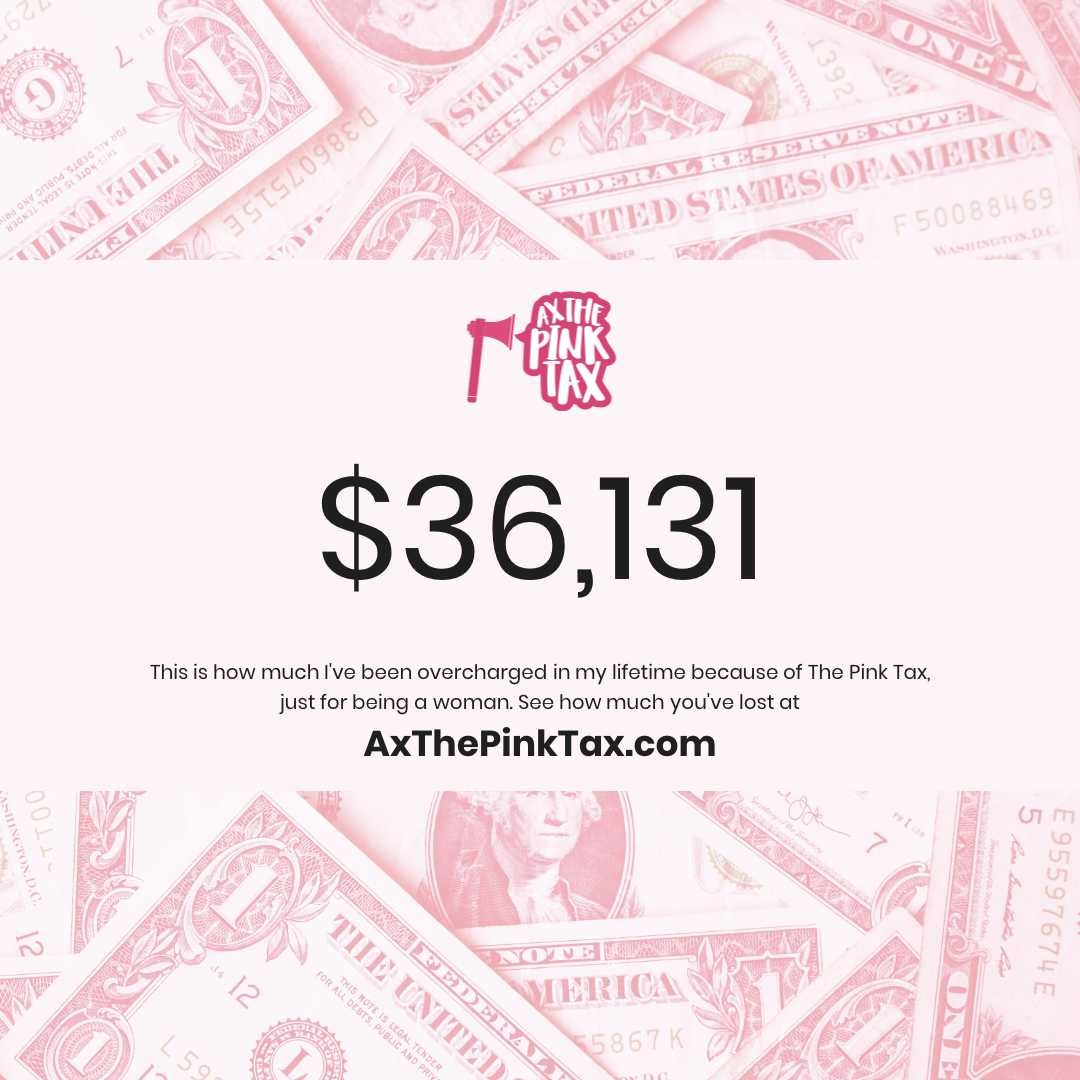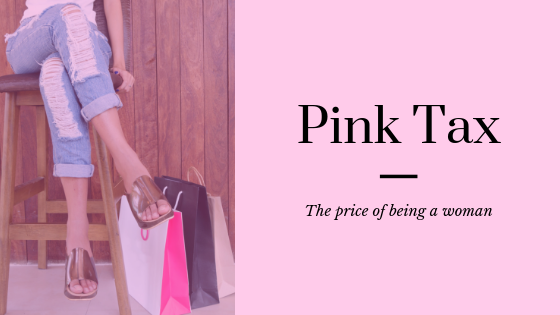Pink Tax: The price of being a woman
Early in my college years, when I started making my own money and paying for my own necessities, I quickly learned that men’s disposable razors were cheaper than the pink ones designed for women. “What’s the difference?” I asked myself one day and grabbed a pack of blue razors. Guess what: THEY WORKED THE SAME.
Women are annually paying about $1,351 more than men on products and services of similar value. If you don’t think you are part of the population falling prey to marketers’ attempts at making more money off you, purely because you’re a woman… think again. This ranges from the dreaded trip to the auto mechanic, to dry cleaning services, personal care items, and even TOYS. Why? Because they can, and because it is working.
Pink tax. Chick tax. Whatever you call it, it literally costs more to be a female consumer in today’s world, and when you think about how women make about 80.5 cents to every dollar men make (a 20 percent pay gap), it becomes an even worse phenomenon.
The website, Ax the Pink Tax, has a calculator where you can enter your date of birth and it will compute how much extra money you – and your parents in the case of toys and children’s clothing – have spent on this Pink Tax. I’m 26; here’s my estimate:

Just to hammer this point a little further, here are some things I could have done with $36,131:
- A four-year degree at the University of Iowa for an in-state resident is about $37,968. A four-year degree for an in-state resident at the University of Wisconsin-Whitewater is $30,668.
- A 2018 Lexus NX costs about $36, 735.
- The average cost of a wedding in the U.S. is $33,391. You could even spring for the prettier venue or the more expensive photographer.
- An employee making $16.82 per hour is making about $35,000 per year.
- A 2-week trip to Europe – for two – can be taken eight times (according to this blogger’s budget).
- 228 pairs of the most expensive Lululemon Athletica workout leggings (another pricing fiasco for another blog).
There have been casual attempts by the government to fight unfair price discrimination, such as California’s threat of a minimum fine of $1,000 for businesses who charge women more. This was passed in 1996, and that amount of money is not the scary threat needed to make a change.
The New York City Department of Consumer Affairs did a study in 2015 entitled, “From Cradle to Cane: The Cost of Being a Female Consumer.” In this study, they compared nearly 800 products with a clear “boy” or “girl” version to see the disparities in pricing between the two.
The study found that pink products and services were, on average, 7% more expensive than blue. Additionally, “In all but five of the 35 product categories analyzed, products for female consumers were priced higher than those for male consumers. Across the sample, DCA found that women’s products cost more 42 percent of the time while men’s products cost more 18 percent of the time.”
(For the sake of reporting truthful statistics, I decided to directly quote the previous statement so nobody thinks I made up such a ridiculous number.)
When broken down into categories, females are paying 7 percent more for toys and accessories, 4 percent more for children’s clothing, 8 percent more for adult clothing, 13 percent more for female care products and 8 percent more for senior/home health care products.
The study included a few of the compared items:




Now that your blood is significantly boiling, let’s talk about how we can avoid this blatant discrimination.
First of all, do your homework. I know you read 36 online reviews before buying a new Bluetooth speaker or set of kitchen utensils. Bring those sleuthing skills over to your everyday life. It might be a bit of work up front but imagine what you could do with that extra $1,351 each year. Look around for the best price for dry cleaning and talk to a car mechanic you trust.
Another tactic to sneak around this tax is to buy the “men’s” version. I’m telling you, a razor is a razor. The only real differentiator is the number of blades and boy, does a 5-blader give you smoother legs than two.
Finally, in some cases, there may be no way around buying the more expensive female-directed products. When this happens, many consumers have found luck airing their grievances on Twitter and bringing the problem to light. (Companies do not like being in the wrong light.) Keep sharing these injustices with friends and other networks, and maybe even start a website to share unfair price comparisons, like this French site.
Plaid Swan is a women-owned marketing communications firm operating out of Cedar Rapids, Iowa. The firm represents clients across the United States in public relations, media planning, social and digital media, graphic design and strategic planning. Visit us online at PlaidSwan.com or on our social media channels as @PlaidSwan. Lines are meant to be crossed.

Emily Bettridge
Content Strategist
emily@plaidswan.com

